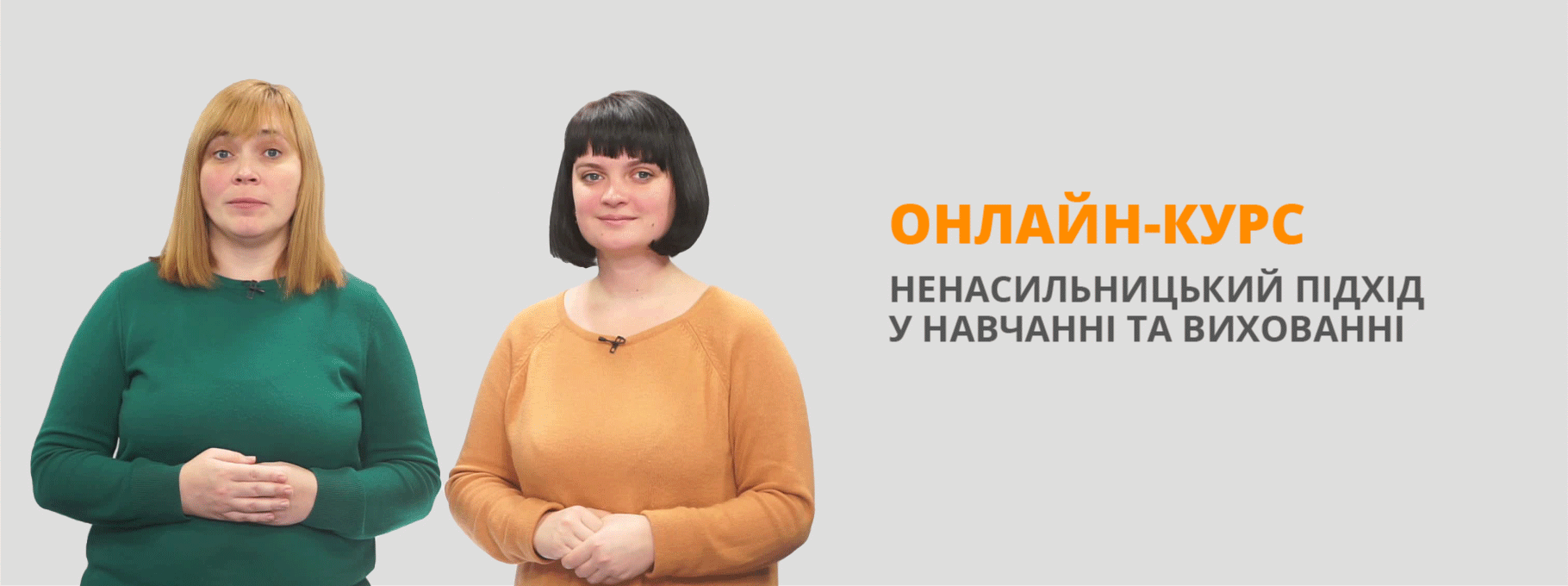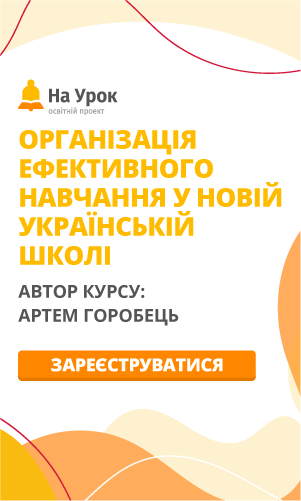Anest. Day 5, 2nd sem, Anesthesia in children. Features of cardiopulmonary resuscitation in children Asphyxia of newborns. Obstetric bleeding. Hemorrhagic shock. Eclampsia. Amniotic fluid embolism
A 35-year-old pregnant woman at term is admitted to the hospital for delivery. She has headachesand visual blurring. Her blood pressure is 180/100. On examination, she is edematous. Reflexes are increased. Protein is found in the urine. She then develops a generalized tonic-clonic convulsion.
Which is not a risk factor for preeclampsia?
Which statement is not true with regards to preeclampsia?
Which is not accurate with regard to management of Eclampsia?
Which would be consistant with a seizure due to eclampsia?
Which is not true with regards to placental abruption and trauma in pregnancy?
Amniotic fluid embolism
With regard to embolism
Amniotic fluid embolism
Choose the option that is less common after Caesarean delivery than after vaginal delivery:
A woman is found to have oligohydramnios at 30/40. Which of the following is the most likely cause?
How should chest compressions be performed on an infant?
With regard to haemorrhage:
A 15:2 compression:ventilation ratio is recommended for resuscitation of:
A parturient receives ketamine 2 mg/kg and succinylcholine 1.5 mg/kg for induction prior to elective cesarean delivery. Which of the following is most likely to be present in the newborn infant?

Створюйте онлайн-тести
для контролю знань і залучення учнів
до активної роботи у класі та вдома


















